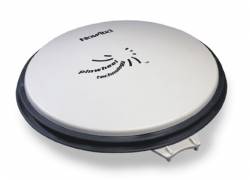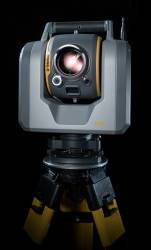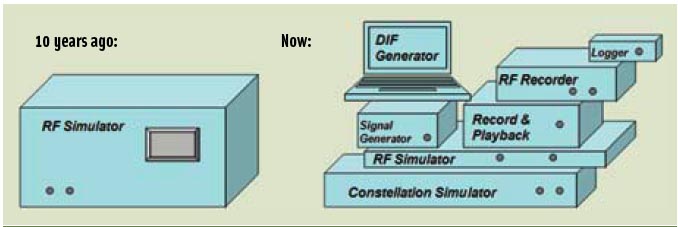
NovAtel has released its GPS-173-GGG-N and GPS-713-GGGL-N explosive atmosphere- (ATEX)–qualified GNSS marine antennas with Inmarsat rejection filters.
The triple-frequency antennas are based on the company’s Pinwheel technology. Both antennas receive GPS L1, L2, and L5; GLONASS L1, L2, and L3 ; BeiDou B1 and B2; and Galileo E1 and E5a/b frequencies. The antennas can also receive satellite-based augmentation system (SBAS) signals and those from Quasi-Zenith Satellite System (QZSS) satellites.
NovAtel has released its GPS-173-GGG-N and GPS-713-GGGL-N explosive atmosphere- (ATEX)–qualified GNSS marine antennas with Inmarsat rejection filters.
The triple-frequency antennas are based on the company’s Pinwheel technology. Both antennas receive GPS L1, L2, and L5; GLONASS L1, L2, and L3 ; BeiDou B1 and B2; and Galileo E1 and E5a/b frequencies. The antennas can also receive satellite-based augmentation system (SBAS) signals and those from Quasi-Zenith Satellite System (QZSS) satellites.
The GPS-713-GGGL-N also supports L-Band from 1525 to 1560 MHz; so, customers can use the same antenna for GPS-only or for as many as four constellations to reduce equipment costs and increase flexibility, the company said.
Further, NovAtel said the two antennas offer choke-ring–level performance, but without added size and weight. The antennas feature high-quality measurement capability and stable phase center for precision applications, according to the company.
Both antennas provide an enhanced interference rejection capability, which track GNSS signals in the presence of marine Inmarsat transmitters operating nearby, as frequently occurs on maritime vessels, the company said.
Enclosed in a durable, waterproof housing, the antennas meet MIL-STD-810G for vibration, corrosive environment, and salt fog. The GPS-713-GGG-N and GPS-713-GGGL-N are similar in form factor to NovAtel’s other GPS-700 series antennas.






